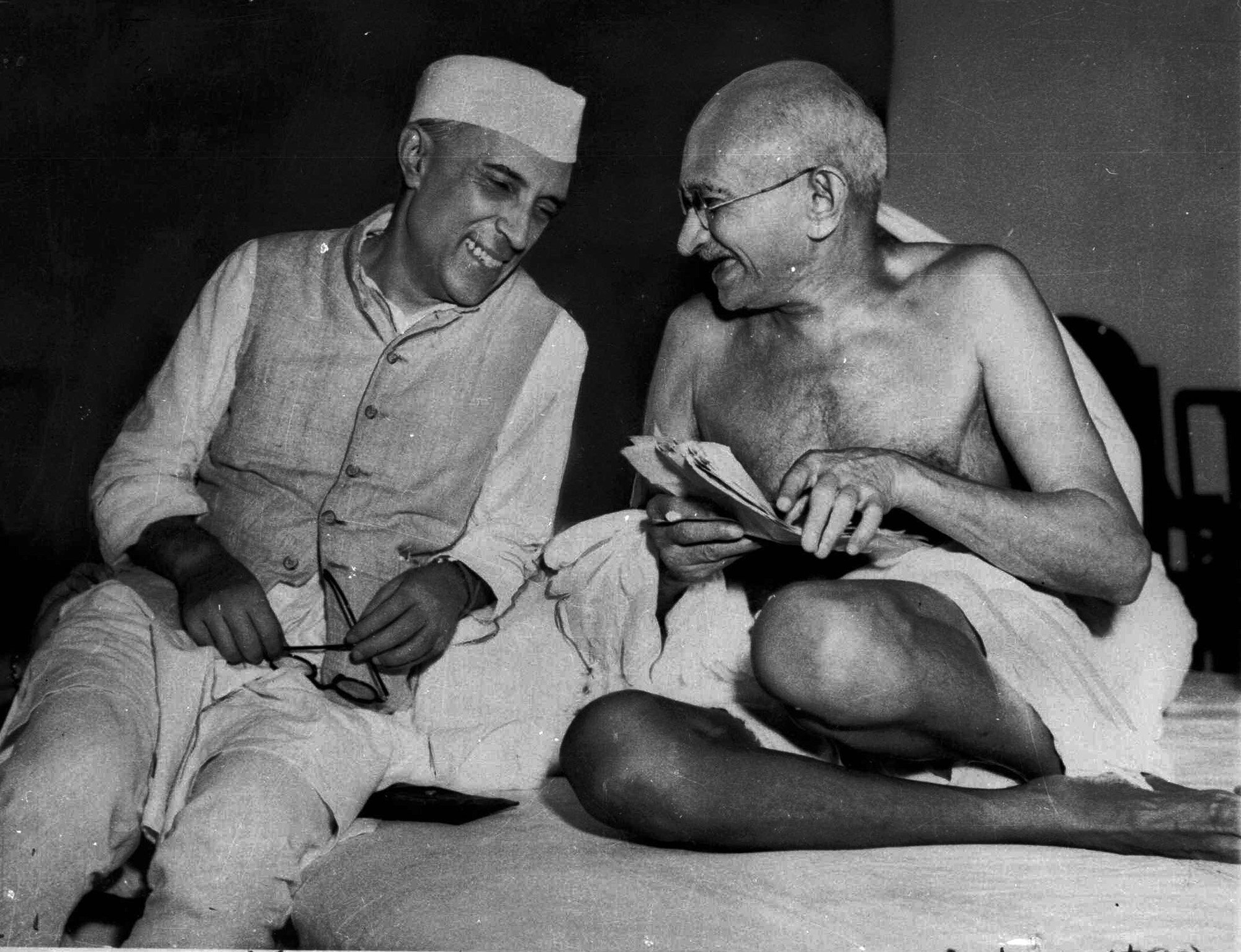© Turkuvaz Haberleşme ve Yayıncılık 2025
Helena Petrovna Blavatsky was the daughter of a Russian officer, allegedly from an aristocratic family. She was born in Dnipro, which is Ukraine’s fourth-largest city today. After traveling around various countries, especially in Asia, she stayed in Egypt for a while. She learned Ismaili philosophy from Freemason Jamal al-Din al-Afghani, the founder of modern Islamism. She went to New York in 1873 where she founded the Theosophical Society two years later together with her friends,.
The headquarters of the Society later moved to India. The lodges of the society, organized like Freemasonry, spread all over the world in a short time. As of 1887, it had more than 500 lodges in more than 40 countries. The books “Isis Unveiled” and “Secret Doctrine,” which Blavatsky wrote but claimed were dictated to her, constituted the basic philosophy of this society.
According to the theosophists, there was a philosophy called Ancient Wisdom at the base of all religions and beliefs in the world, and religions emerged as a result of its falsification. The aim of the Theosophical Society was to lay the foundation of the Universal Brotherhood of Humanity by uniting all people in this Ancient Wisdom, regardless of race, color or belief, to carry out studies on the Aryan race, to demonstrate the correctness of Brahma, Buddhist and Zoroastrian philosophies and to examine the hidden secrets and powers of man and nature.
Theosophists believed that a being called Sanat Kumara ruled the world. This being belonged to a group called Lords of the Flame. Eighteen million years ago, it had descended to Earth from Venus, the planet of love. Christians incorrectly called it Lucifer, that is, Satan. Sanat Kumara, the lord of the world, founded a city called Shambhala here. In this city, he was administering the spiritual hierarchy of the world through the enlightened Masters of the Ancient Wisdom such as Jesus, Buddha and Confucius, who were in the assembly called the Great White Brotherhood. His duty was to raise the human race to a higher level of consciousness through evolution.
British socialist Annie Besant got interested in religion and philosophy after separating from her husband in 1873 and became a Darwinian atheist, turning away from Christianity. She made friends from secular circles and caused a scandal in the United Kingdom by publishing a book on birth control, which was considered obscene at the time. Separating from her husband had led her to feminism. She started to give lectures and write books on women's political and civil rights and participated in strikes with women workers.
Besant reviewed “Secret Doctrine” by Blavatsky in 1889 for a socialist magazine, which became a turning point in her life. Under the influence of Blavatsky, Besant abandoned her atheism and became a spiritist who believed that the souls of dead people could be contacted and a pantheist who believed that everything in the universe is a part of God. She devoted herself entirely to theosophy and was elected the leader of the Theosophical Society in 1907.
Besant went to India in 1893 to work on issues such as India's struggle for autonomy from the British and the education of Indian women and girls, apart from theosophy. She founded the Home Rule League for India in September 1916, shortly after Indian nationalist Bal Gangadhar Tilak founded an organization of the same name in Pune.
Besant later bought the Madras Standard newspaper and changed its name to New India. She was sentenced to three months in prison by the British government in India because of the independence propaganda she spread through this newspaper. This punishment triggered the expected reaction and rallies were held in the U.K. and the United States to protest the decision. Besant, whose popularity increased with her imprisonment, was elected the chairperson of the Indian National Congress in 1917.
Among the members of the Theosophical Society headed by Besant were Mahatma Gandhi, the leader of the Indian independence movement; Jawaharlal Nehru, the first prime minister of New (independent) India; and Muhammad Ali Jinnah, the Shiite founder of Pakistan. Gandhi met Madame Blavatsky and Besant in 1889 while studying law in the U.K. He had read the books written by both women and joined the Blavatsky Lodge of the Theosophical Society in 1891.

Gandhi, who stayed in South Africa for 21 years, returned to India in 1915, propagandized Indian nationalism and joined the Indian National Congress. He became the leader of the congress in 1920. He supported the Khilafat Movement, or the Caliphate Movement, which was established to back up Mustafa Kemal Atatürk, the founder of modern Turkey, who started an independence movement in Anatolia like Ghandi would in India.
Gandhi initiated the civil disobedience movement in the Aga Khan Palace in order to force the British to withdraw from India in 1942. The palace had been built by Sultan Muhammed Shah Aga Khan III, the spiritual leader of the Nizari Ismailis – also known as the Assassins in the West. Gandhi was taught this passive resistance method by his close Jewish friend Henry Solomon Leon Polak, who was also a member of the Theosophical Society and a fan of Russian writer Leo Tolstoy.
The work of Muhammad Ali Jinnah and Gandhi came to fruition, and the U.K. agreed to the partition of India in two in 1947. Thus, both India and Pakistan gained their independence. Gandhi, who was accepted as the father of the Indians and given the name “Bapu,” was assassinated the following year and some of his ashes were taken to the Aga Khan Palace.
